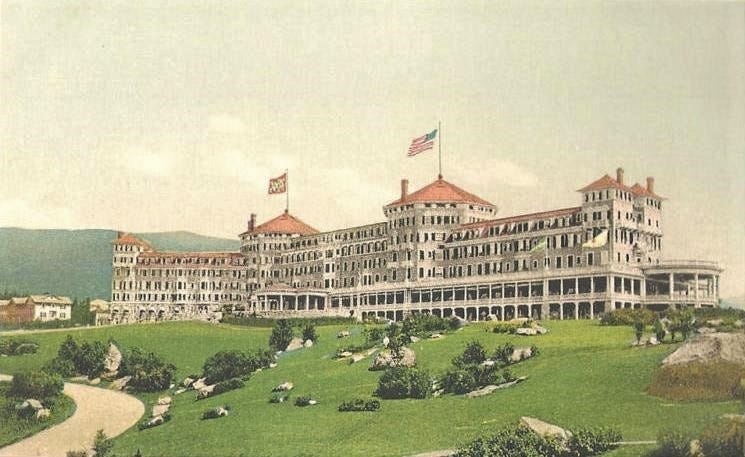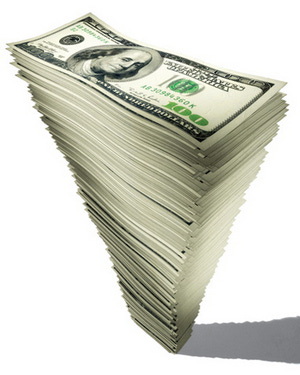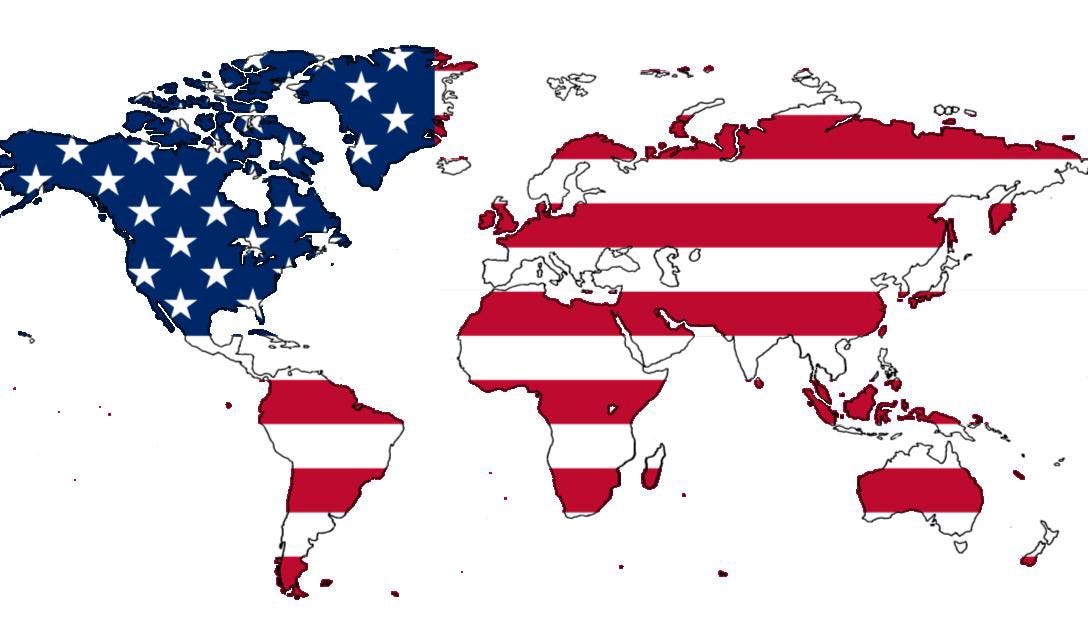How the United States Gained Control of the Global Monetary System: part two
Stage 2 - The 1944 Bretton Woods Conference
free, text

Stage 2
1944 Bretton Woods Conference
Summary of Key Points
- The U.S. dollar becomes the world reserve currency.
- In the aftermath of World War II, American power is now formalised in the eyes of the world and the United States assumes the dominant position in the world economy and in world affairs more broadly.
- The Federal Reserve effectively becomes the central bank for the entire global economy.
The Bretton Woods conference was held in Bretton Woods, New Hampshire, in 1944. As World War Two was coming to an end, representatives from 44 allied countries negotiated for a month and designed a new monetary system for global trade and finance, designed with the intention of increasing peace and stability across the world. It is a highly significant event because it was here that the dollar became the world reserve currency, a position it holds to this day. The new terms and conditions of world trade and finance were designed around Washington’s preferences. Lastly, the Federal Reserve became the central bank for the entire world, entrusted with providing liquidity for the global economy.
The Bretton Woods conference advanced several main objectives:
1) establishing the dollar as the world’s reserve currency under a system of fixed exchange rates, anchored by the dollar’s convertibility into gold at a fixed rate;
2) to rebuild the international trading system and create a fully integrated global economy based on free markets;
3) the founding of the World Bank and the International Monetary Fund (IMF).
From this point onwards, countries now settled their international accounts exclusively in dollars. Under this system, all currencies were pegged to the U.S. dollar and the dollar was tied to gold. This arrangement provided a safety net as it meant that all signatory nations could exchange their dollars for gold at a fixed rate of $35 per ounce, on demand, if they so desired. All currencies were now defined in relation to the U.S. dollar and only dollars could be traded in for gold. As such, the U.S. now had considerable leverage and control over the other nations as well as in world affairs more generally. From the beginning, the Bretton Woods system created a strong, global demand for U.S. dollars and for debt securities denominated in gold-backed dollars as well; this gave the America a huge advantage in being able to monetise its debts, running huge deficits to fulfil its broader, geopolitical aims and gradually construct its global empire. The Bretton Woods conference was the birth of the dollar system.
During World War two, Europe deposited most of its gold in the U.S. for safe keeping and to pay for military supplies; this meant that a return to the gold standard for Europe was impossible as it had, quite literally, run out of gold. The U.S. dollar was pyramided on top of the world’s largest gold reserves ever amassed in the modern era and these were the foundations that the Bretton Woods system was built on.

The dollar’s world reserve currency position is the most fundamental component of the dollar system. World reserve currency status means that the U.S. dollar is the chosen medium of exchange for goods, services, commodities, trade, travel, investments, and central bank holdings the world over. Ultimately, it means that the dollar is the strongest, most liquid currency in circulation. It is the foundation for the global American empire, allowing the U.S. to construct the most formidable military in recorded human history as well as allowing Washington to continue its current levels of debt, spending, and consumption, all the while accruing exorbitant levels of debt in the process. Permanent demand and low interest rates are the two most important mechanisms that enable the dollar system to function as it does presently and these are both tied together. That is, demand for the dollar is ever-present in the global economic system and this holds down interest rates on America’s debts allowing the U.S. to issue debt very cheaply to foreign creditors.
Demand for the dollar is built into the global economic system at every conceivable level; countries need dollars for an array of international markets and for their central bank reserves as well. This means that the United States can spend its own currency, the currency whose value only it can determine and that only it can issue freely, for use in international money markets to purchase all the goods, services, commodities, natural resources, and raw materials it needs to pursue its geopolitical aims and objectives. Under this arrangement, the United States is not forced to consume and spend less, produce more, be more competitive or run a more even trade deficit as other countries must.
America runs huge deficits that, over time, have led to a staggering national debt in excess of $31 trillion whilst it ran a trade deficit of $859 billion for 2021. At the same time, however, it spends eye watering sums on its military, outspending the next 11 countries combined as well as having 750 military bases around the world. The dollar system, the reserve currency status of the U.S. dollar and its status as a fiat currency, is what makes all these contradictions sustainable.
The Bretton Woods system effectively meant that the U.S. would be responsible for providing liquidity to the global economy with the Federal Reserve assuming the defacto role as the lender of last resort for the world economy. Moreover, the Federal Reserve was now the central bank for the entire world, just three decades after its inception, essentially in control of global monetary policy.

The Bretton Woods conference formalised American power and dominance in the eyes of the world. At the time of the conference, America’s military, industrial and economic supremacy was beyond question. Additionally, the U.S. had two thirds of the world’s gold reserves at the time. As such, the new monetary system was designed according to Washington’s preferences: this new system was engineered by the U.S. to serve its interests, based around the dollar, overseen by multilateral institutions designed and located in Washington, wherein the U.S. had a controlling hand, whose other significant members were firmly under its sphere of influence. Europe, devastated by war, burdened by empire, and saddled with debt, had no choice but to go along with America’s demands.
There is a lot more that could be said about Bretton Woods but I think I have provided a sufficient overview of the main points as it relates to monetary matters. In that regard, the main outcomes of the Bretton Woods conference were that from this point onwards the dollar was now the world reserve currency (a position it maintains to this day) and because the United States was now responsible for providing liquidity to the global economy this meant that the Federal Reserve effectively became the central bank for the entire world. With that, I will now move on to the final stage.
Click here for my article that provides a more detailed and thorough exploration of the Bretton Woods conference.